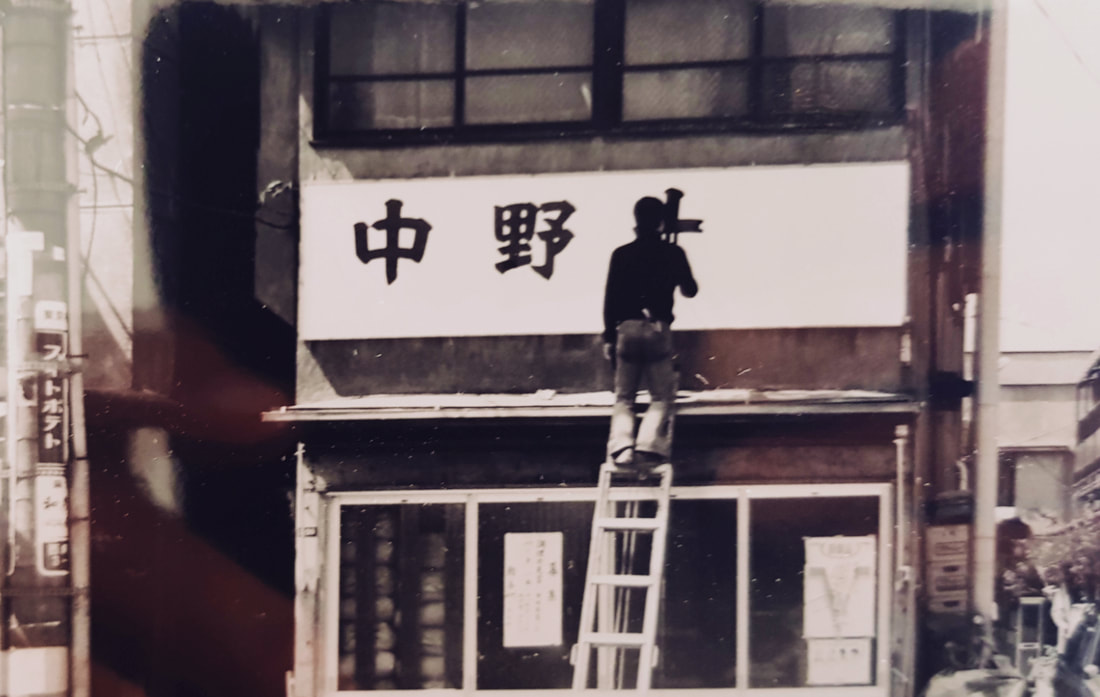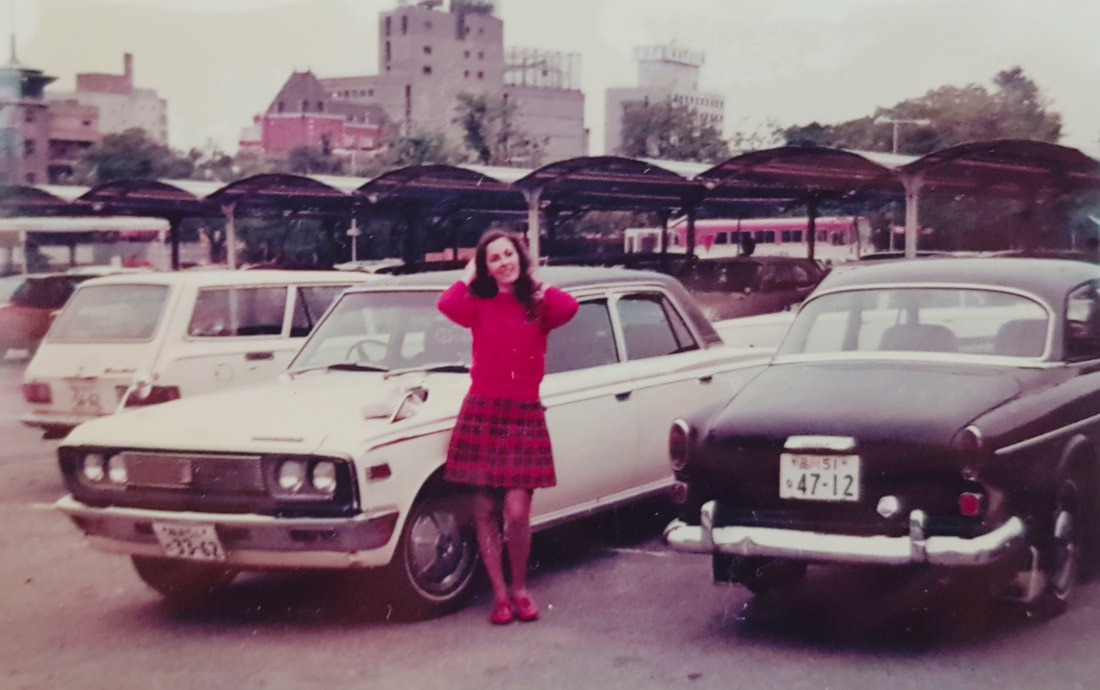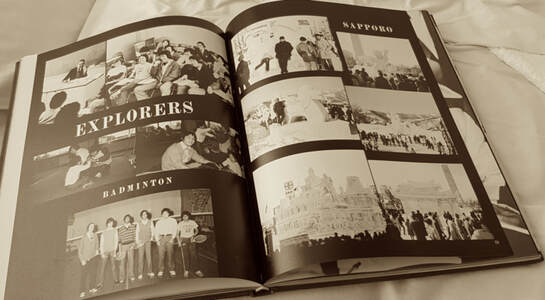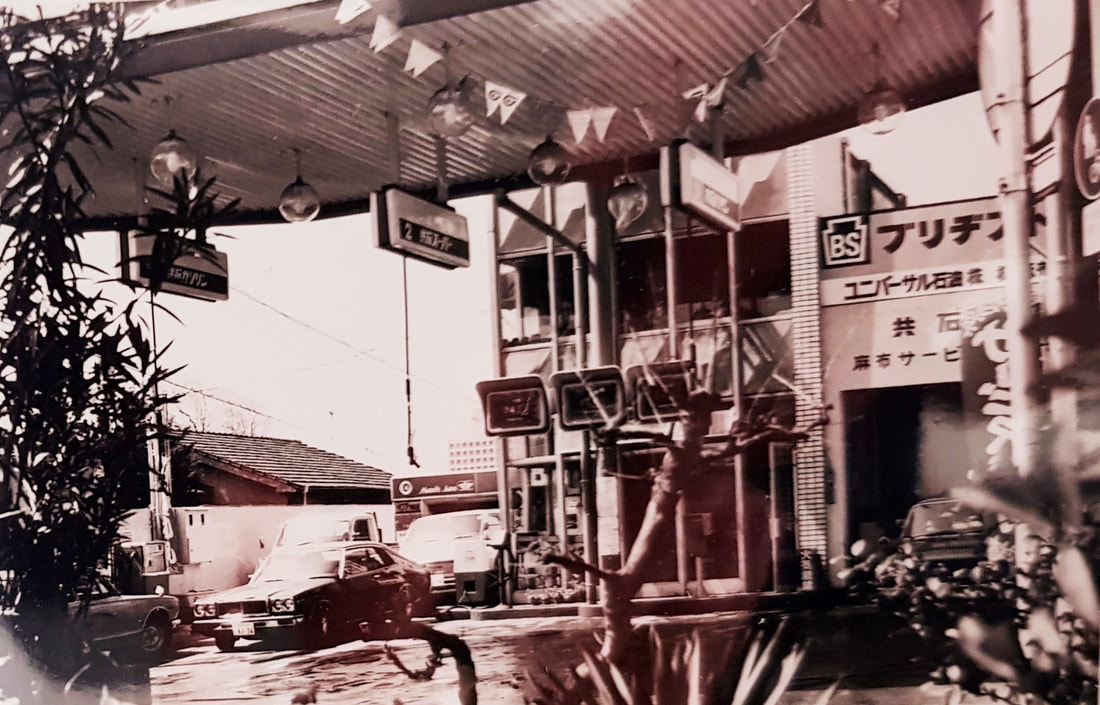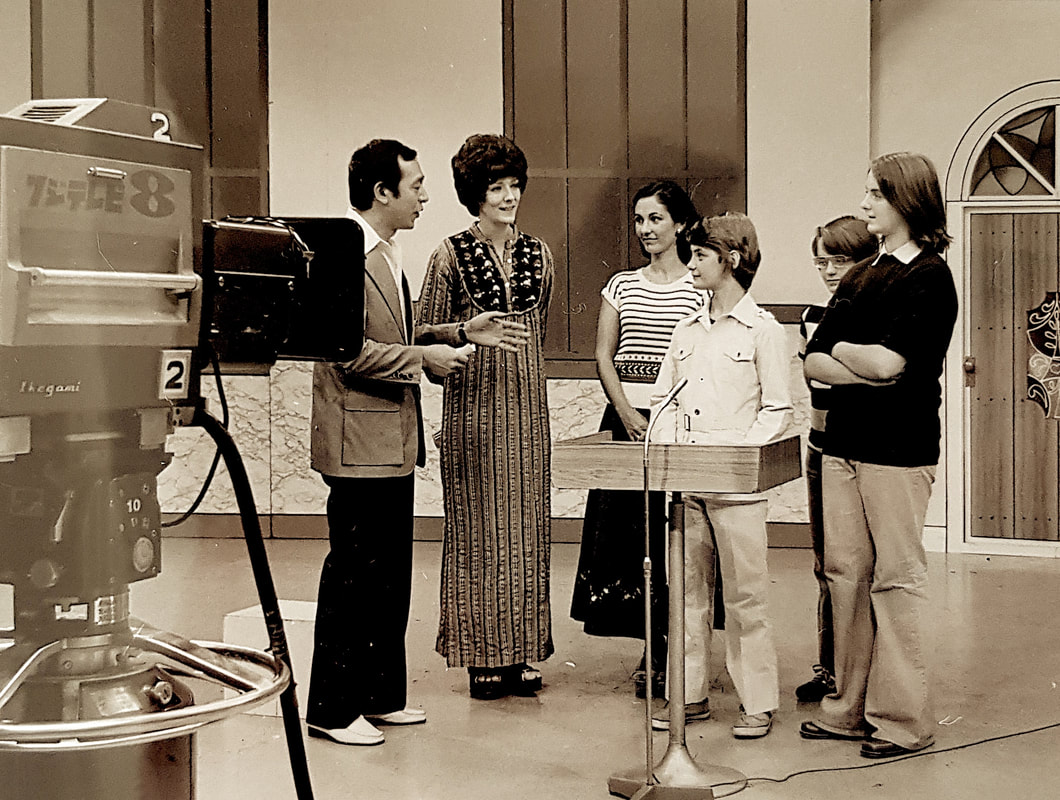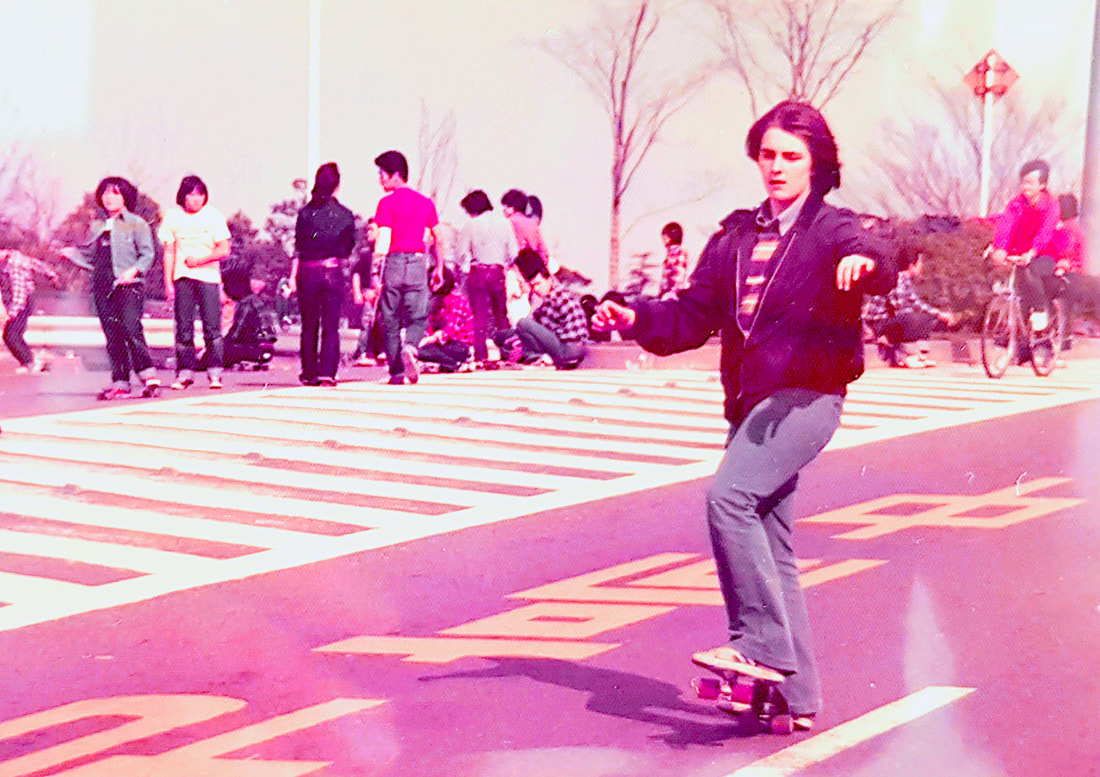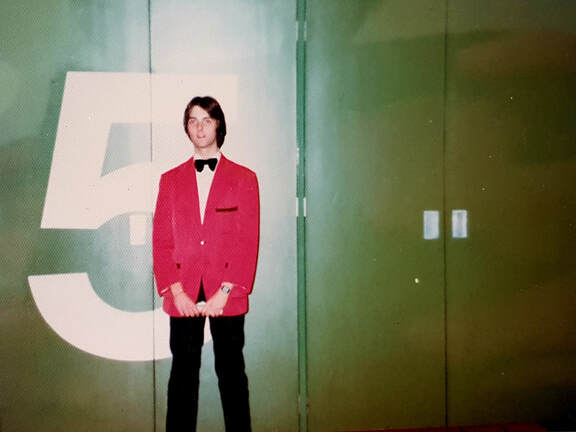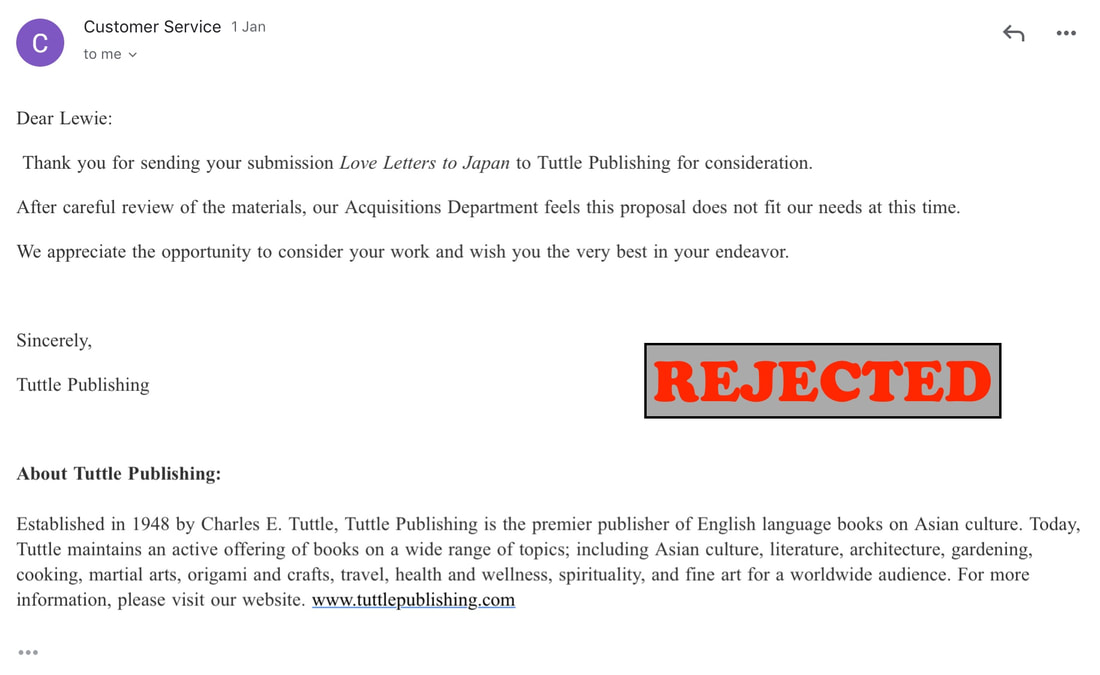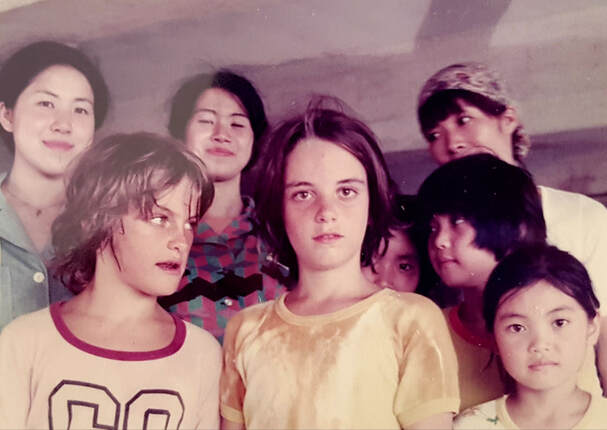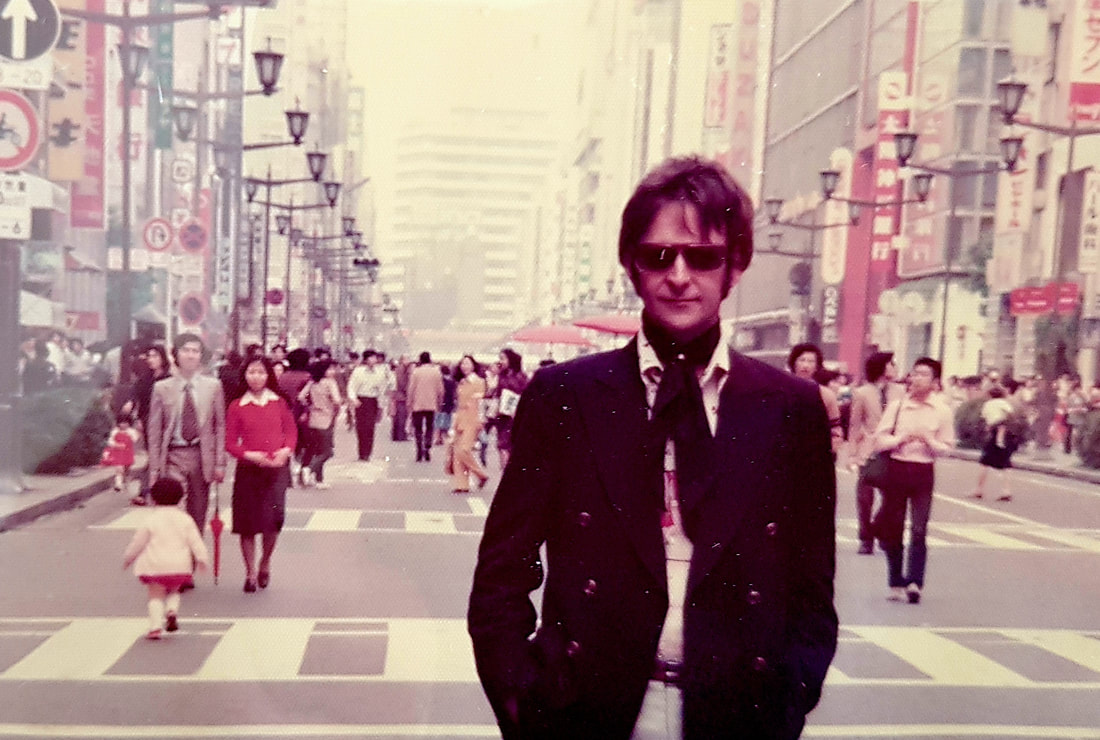THE LL2J journey
The writing of Love Letters To Japan is complete.
It is 80,000 words which will translate to approx 220 pgs paperback.
In this blog, I will document my journey towards getting the book published
in both English and Japanese, as Buddha intended. As well, I will share
some images and memories from my family's time there in the 1970's
that will serve to supplement and expand upon the book's content.
The writing of Love Letters To Japan has been illuminating and enriching for me and now
my primary goal is to find a way to share it's words and sentiments with others.
It is, in a way, a life's work.
With a blend of reverence and irreverence it connects the past with the present,
examining and celebrating my unique experiences and their enduring
effect on my life thereafter in the form of a heartwarming correspondence
with a nation I grew to respect and love so dearly.
It is 80,000 words which will translate to approx 220 pgs paperback.
In this blog, I will document my journey towards getting the book published
in both English and Japanese, as Buddha intended. As well, I will share
some images and memories from my family's time there in the 1970's
that will serve to supplement and expand upon the book's content.
The writing of Love Letters To Japan has been illuminating and enriching for me and now
my primary goal is to find a way to share it's words and sentiments with others.
It is, in a way, a life's work.
With a blend of reverence and irreverence it connects the past with the present,
examining and celebrating my unique experiences and their enduring
effect on my life thereafter in the form of a heartwarming correspondence
with a nation I grew to respect and love so dearly.
 RSS Feed
RSS Feed
